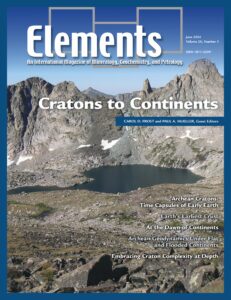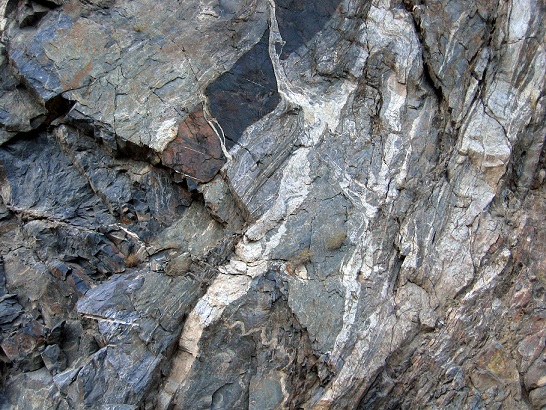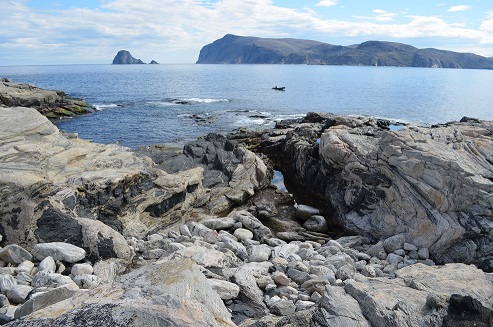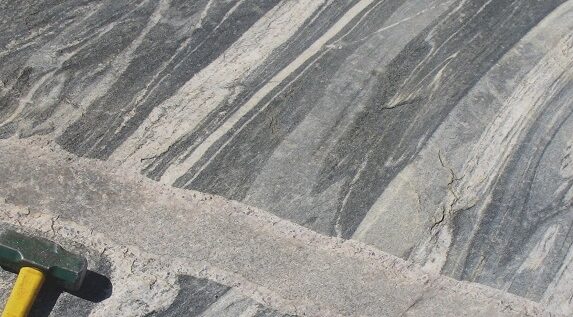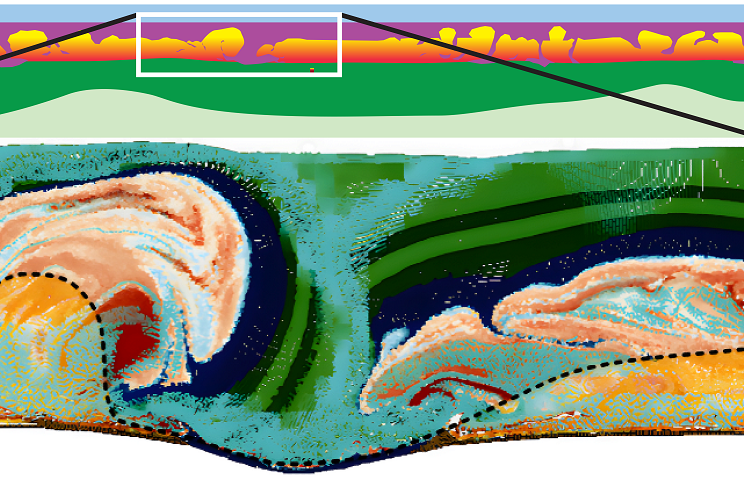Cratons to Continents
Table of Contents
Archean continental crust is present on every continent, but does not constitute a dominant part of any continent’s surficial exposures. Nevertheless, Archean cratons are the longest-lived coherent physical structures on earth. Viewed holistically they comprise a welded combination of continental crust and a subcontinental lithospheric mantle keel. They are survivors of what may, or may not, have been a more numerous and varied population of protocontinents. Many of these crustal blocks have origins in the Hadean and have survived for billions of years through many super continent cycles. Consequently, these craton-keel structures have influenced the physical and chemical evolution of the silicate earth. This issue of Elements provides an overview of Archean cratons and the information they retain about the early development of Earth’s continental crust.
- Archean Cratons: Time Capsules of the Early Earth
- Earth’s Earliest Crust
- At the Dawn of Continents: The Archean Tonalite-Trondhjemite-Granodiorite Suites
- Archean Geodynamics Underneath Weak, Flat, and Flooded Continents
- Embracing Craton Complexity at Depth
THE INVISIBLE OCEAN: HYDROGEN IN THE DEEP EARTH
Guest Editors: Sylvie Demouchy (Univ. Clermont Auvergne, France), Hélène Bureau (Sorbonne University, France), and Hans Keppler (Univ. Bayreuth, Germany)
Hydrogen is the most abundant element in the universe and its distribution, transfer, and speciation in the deep Earth remain a fascinating topic of ongoing research. We review the most notable discoveries constraining the H cycle in the deep Earth. This includes new methods for detecting hydrogen, insights into the size of deep reservoirs, and new constraints from inclusions in ultradeep diamonds. Advances in seismic and magneto- telluric imaging provide unique data on the storage and mobility of water in Earth´s interior. Models of the early Earth and of its habitability critically depend on the behavior of hydrogen in a magma ocean–atmosphere system. Later in Earth history, water may have been essential for establishing plate tectonics, a phenomenon making Earth a unique planet.
- Hydrogen in the Depth Earth Jed Mosenfelder (Univ. Minnesota, USA), Hélène Bureau (Sorbonne University, France), and Anthony C. Withers (Univ. Bayreuth, Germany)
- The Subduction of Hydrogen: Deep Water Cycling, Induced Seismicity, and Plate Tectonics Hans Keppler (Univ. Bayreuth, Germany), Eiji Ohtani (Tohoku University, Japan), and Xiaozhi Yang (Univ. Nanjing, China)
- Deep Hydrogen Reservoirs and Longevity Davide Novella (Univ. Padova, Italy), Sylvie Demouchy (Univ. Clermont Auvergne, France), and Nathalie Bolfan-Casanova (Univ. Clermont Auvergne, France)
- Hydrous Melting and its Seismic Signature Stéphanie Durand (Univ. Lyon, France), Marija Putak Juricek (Univ. Göttingen, Germany), and Karen M. Fischer (Brown University, USA)
- Probing Deep Hydrogen using Electrical Conductivity Takashi Yoshino (Okayama University, Japan), Geeth Manthilake (Univ. Clermont Auvergne, France), and Anne Pommier (Carnegie Inst. for Science, USA)
- Hydrogen in the Early Earth and Through Geologic Time Fabrice Gaillard (University of Orléans, France) and Lars Rüpke (GEOMAR, Germany)
- Extraterrestrial Organic Matter (February 2024)
- Paired Metamorphic Belts of SW Japan: Metamorphic Records of a Subduction System (April 2024)
- Cratons to Continents (June 2024)
- The Invisible Ocean: Hydrogen in the Deep Earth (August 2024)
- Behind and Beyond Luminescence Imaging (October 2024)
- Himalayan Leucogranites (December 2024)



